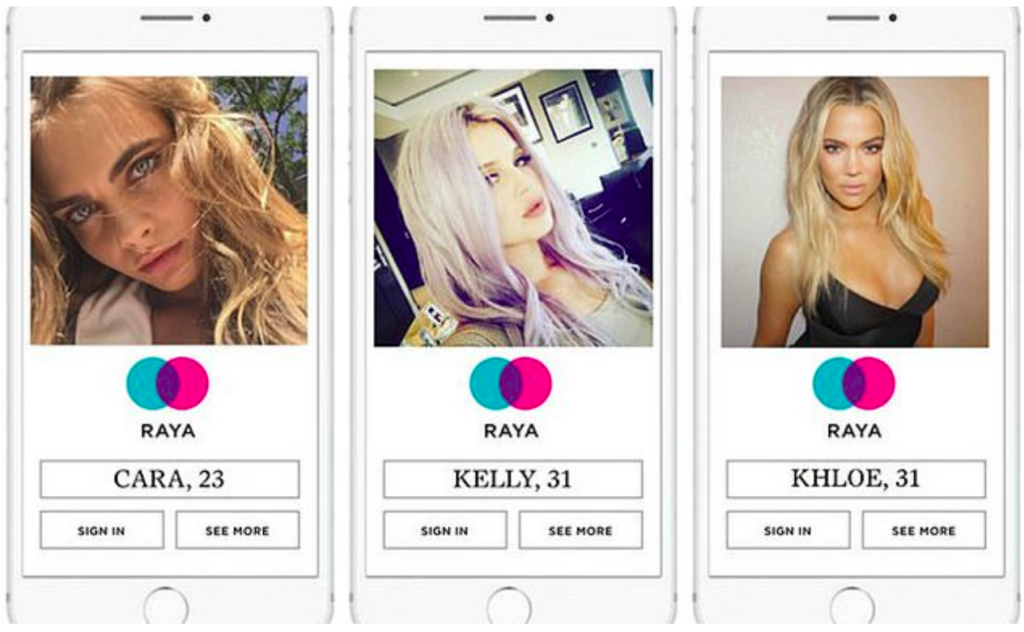Introduction
Raya, also known as Eid al-Fitr, is one of the most important and joyous festivals celebrated by Muslims around the world. This religious holiday marks the end of Ramadan, the holy month of fasting and spiritual reflection. Raya, which means "festival" or "celebration" in Malay, is a time for Muslims to gather with family and friends, express gratitude for their blessings, and strengthen their sense of community. This article will explore the importance of Raya, its traditions, and how it is celebrated in different parts of the world.
Importance of opinion
Raya holds deep religious and cultural significance for Muslims. It is a time of spiritual renewal and gratitude. The festival is rooted in Islamic traditions and is celebrated as a way to commemorate the end of Ramadan, a month in which Muslims fast from sunrise to sunset, abstaining from food and other bodily needs. are Fasting during Ramadan is a way for Muslims to purify their souls, increase their self-control, and draw closer to Allah (God). Raya marks the successful completion of this difficult period of self-reflection and devotion.

One of the central themes of Raya is unity and solidarity. It is time for Muslims, regardless of their ethnic or cultural background, to come together to celebrate their common faith. This unity is symbolized through collective prayers, feasts and acts of charity. Raya is not only about individual spirituality but also about fostering a sense of unity among the global Muslim community.
Traditions and customs
Raya is celebrated with various customs and traditions that vary from region to region but share common elements.
Sighting of the new moon: Raya begins with the sighting of the new moon, which marks the end of Ramadan. This vision is important as it determines the exact date on which the Raya will be celebrated.
Special Prayers: On the morning of Raya, Muslims gather in mosques or prayer grounds to offer a special prayer known as "Salat-ul-Eid". These prayers are a way of thanking Allah for the strength and patience shown during Ramadan.
Zakat al-Fitr: Before Eid prayers, Muslims are encouraged to give to the poor in the form of Zakat al-Fitr, a compulsory charity given to the needy. This act of charity ensures that everyone can join in the festivities, even if they are less fortunate.
Exchange of Gifts: It is customary for Muslims to exchange gifts and good wishes with family and friends during Rai. This practice strengthens bonds and spreads joy during the holiday.
Traditional Clothing: Muslims often wear new or special clothing during Raya. In many cultures, women wear intricate and colorful clothing called "bajo krong" or "bajo kebaya", while men wear traditional clothing such as "bajo melio" or "kandura".
Decorations: Houses are decorated with colorful lights, lanterns and other decorations to create a festive atmosphere. Special care is taken to ensure that the house is clean and welcoming to guests.
Invitation: Raya is synonymous with broad invitation. Family and friends come together to enjoy a variety of traditional dishes, sweets and desserts. Some of Raya's most popular dishes include rendang, catupat, lemang, and catupat palas.
Visiting Relatives and Neighbors: Visiting the homes of relatives and neighbors is an integral part of Raya. This practice strengthens social bonds and fosters a sense of community.

Opinions around the world
Raya is celebrated with great enthusiasm in different parts of the world, with each region adding its own unique cultural elements to the festivities.
Malaysia and Indonesia: These two countries have the most vibrant Raya celebrations. The streets are decorated with colorful lights and decorations, and the festival can last for a month. Traditional dance, music and cultural performances are common during this time.
Saudi Arabia and the Middle East: These regions emphasize religious rituals and worship. Families often exchange gifts and enjoy special treats. Traditional Arabic hospitality is on full display as guests are welcomed with open arms.
Pakistan and India: Raya, known as "Chand Raat" in Pakistan and "Eid Fitr" in India, is celebrated with great fervor. Families come together for special prayers, feasts and exchange of gifts. The markets are full of shoppers looking for new clothes and accessories.
North America and Europe: Muslims living in Western countries often hold views in a multicultural context. They adapt traditions to their new environment, emphasizing the importance of community and charity. Mosques and Islamic centers organize congregational prayers and festive events.
Africa: In African countries with significant Muslim populations, such as Nigeria and Senegal, Raya is celebrated with a mix of local and Islamic traditions. Families gather for prayers, feasts and cultural performances that showcase the diversity of the continent.
The result
Raya is a time of spiritual reflection, thanksgiving and celebration for Muslims around the world. It represents a beautiful blend of religious devotion and cultural richness, emphasizing unity, compassion and community. The traditions and customs associated with Raya vary from region to region, reflecting the diverse cultures within the global Muslim community. Despite these differences, Raya's central message remains the same: strengthening bonds, promoting unity, and being grateful for the blessings of faith and family.


